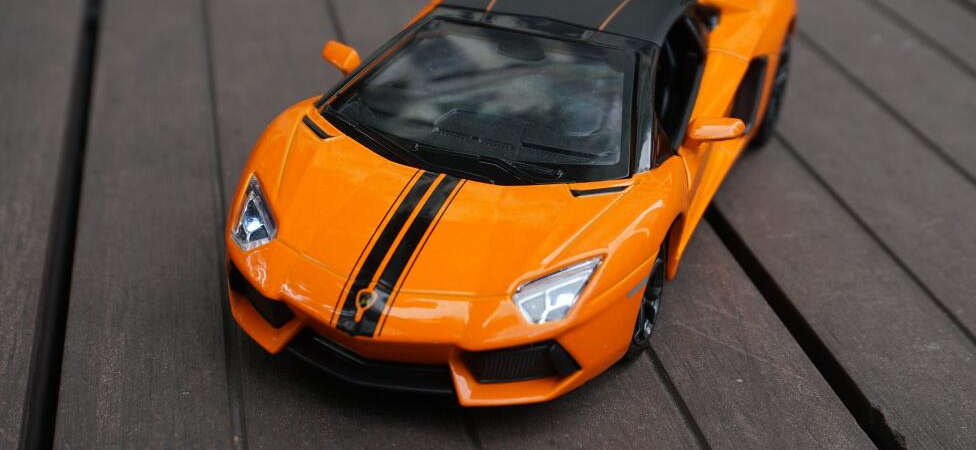Toy cars have captured the hearts of children and collectors alike for generations. From the classic wooden models of the early 20th century to the sleek die-cast replicas of contemporary designs, these miniature vehicles are more than just playthings; they are gateways to adventure and creativity.
One of the reasons toy cars remain popular is their versatility. They can transform a simple playroom into a bustling city, complete with highways, traffic signals, and gas stations, allowing children to create their own stories and scenarios. Whether racing on a track, navigating a makeshift road, or engaging in imaginative play, kids learn vital social skills, including cooperation and negotiation, through their interactions with these toys.
The rich history of toy cars also adds to their appeal. From iconic brands like Hot Wheels and Matchbox to high-end models that replicate real-life cars with stunning accuracy, the variety is endless. Many adults find nostalgia in collecting these items, often appreciating the craftsmanship and attention to detail that go into creating each model. This hobby transcends age and reminds us of the joy of simple pleasures.
Moreover, advancements in technology have introduced electric and remote-controlled toy cars, adding another layer of excitement for young and old. These innovations allow for a more interactive experience, as children learn about basic mechanics and hand-eye coordination while enjoying hours of fun.
In conclusion, toy cars embody a timeless blend of imagination, learning, and nostalgia, ensuring that they will continue to be cherished by future generations. Whether as a child's first toy or a collector’s prized possession, toy cars will always hold a special place in the world of play


